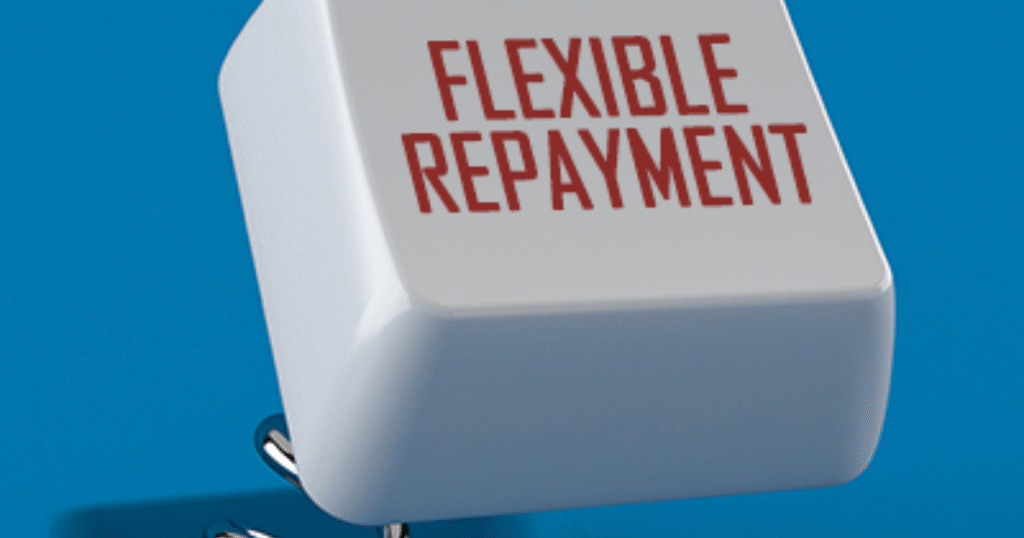Education Loan Pursuing higher education is a life-changing decision, but it often comes with a significant financial burden. Whether you’re aiming for a local university or studying abroad, managing tuition, accommodation, and other related expenses can be overwhelming. This is where education loans come into play. They act as a bridge between your academic dreams and financial limitations, allowing you to invest in your future.
Understanding Education Loans
What Is an Education Loan?
An education loan is a financial tool designed to help students and their families cover the cost of higher education. It typically includes tuition fees, living expenses, books, travel, and other academic-related costs. These loans are offered with student-friendly repayment options and often come with deferred payment periods.
Why Are Education Loans Important?
- They allow students from all financial backgrounds to access quality education.
- They help reduce the immediate financial pressure on families.
- They enable students to focus more on studies and less on part-time jobs.
Types of Education Loans
1. Undergraduate Education Loans

These loans are for students pursuing a bachelor’s degree. They cover tuition, hostel fees, books, and other associated costs.
2. Postgraduate Education Loans
Students enrolling in master’s programs, MBAs, or postgrad diplomas can apply for this loan type.
3. Study Abroad Loans
Tailored for students going overseas, these loans include travel, visa, and living costs, along with tuition.
4. Vocational and Skill Development Loans
Short-term professional or technical courses can also be financed through specific education loans.
Eligibility Criteria for Education Loans
Basic Eligibility Requirements
- The applicant must be a citizen of the country where they apply.
- Must have a confirmed admission letter from a recognized institution.
- For higher loans, a co-applicant (usually a parent or guardian) is often required.
Academic Performance
Most lenders expect a decent academic record and may assess entrance test scores for premier institutions.
Key Features of Education Loans
1. Loan Amount
Depending on the course and institution, education loans may range from a few thousand to several lakhs.
2. Repayment Tenure
Repayment usually starts after course completion, with tenures ranging from 5 to 15 years.
3. Moratorium Period
A moratorium or grace period allows students to begin repayment after completing their studies.
4. Interest Rate and EMI
Fixed or floating interest rates are applied. EMIs begin after the moratorium period ends.
Expenses Covered Under Education Loan
Academic Costs
- Tuition fees
- Examination and library fees
- Books and study materials
Living Costs
- Hostel or PG rent
- Food and daily expenses
- Transportation and travel costs
Additional Costs
- Laptop or computer purchases
- Uniforms, project fees, etc.
- Travel and visa (for international courses)
How to Apply for an Education Loan
Step-by-Step Process
- Research and Compare Loans
Check features, eligibility, repayment terms, and interest rates. - Check Eligibility
Match your profile with the eligibility criteria. - Prepare Documentation
Gather academic records, ID proofs, admission letter, cost structure, etc. - Submit Application
Apply online or in person and wait for approval. - Loan Sanction and Disbursal
Upon approval, the amount is either directly transferred to the institution or the student.
Benefits of Education Loans
Access to Top Institutions
Loans enable students to aim for globally reputed universities without financial barriers.
Tax Benefits
Many countries offer tax deductions on interest paid for education loans.
Flexible Repayment

Options such as income-based repayment plans or longer tenures make repayment easier.
Builds Financial Discipline
Timely repayment builds your credit score and teaches long-term financial planning.
Challenges and Risks
1. Loan Burden After Graduation
The pressure of repaying loans can be high, especially if job placement is delayed.
2. High Interest Over Time
If not managed properly, interest accumulation during the moratorium can increase the debt.
3. Co-Applicant Liability
If the student defaults, the financial burden falls on the co-applicant.
Tips to Get the Best Education Loan
1. Compare Before You Commit
Don’t accept the first offer. Use loan comparison tools to find better options.
2. Check for Scholarships First
Reducing your loan requirement with scholarships and grants can ease future debt.
3. Know Your Course ROI
Ensure the course will offer job prospects with enough income to repay the loan.
4. Plan Repayment Early
Create a strategy before graduation to manage future EMIs smartly.
5. Maintain a Good Credit Score
If you’re a co-applicant, having a strong credit score increases loan approval chances.
What Happens If You Can’t Repay?
Loan Restructuring Options
In case of financial difficulty, many lenders allow extension or restructuring of EMIs.
Credit Score Impact
Defaults negatively affect credit scores, limiting future borrowing capability.
Legal Implications
Continued non-payment may result in legal notices or asset seizures for the guarantor.
Education Loan Vs Personal Loan
| Feature | Education Loan | Personal Loan |
|---|---|---|
| Purpose | Academic use only | Any personal use |
| Interest Rate | Lower | Higher |
| Repayment Start | Post-graduation | Immediately |
| Tax Benefit | Yes | No |
How to Repay Education Loans Smartly
1. Start Paying Interest During Study
If possible, begin repaying interest even during the moratorium to reduce overall debt.
2. Use EMI Calculators
Plan your budget using online EMI calculators for better financial clarity.
3. Pay Extra When You Can

Make extra payments during bonuses or internships to reduce interest burden.
Also Read : Top 10 Education Books Every Teacher Should Read
Conclusion
Education loans have become a cornerstone in making higher education accessible to millions. They provide students the means to chase their dreams across borders and disciplines. However, it’s crucial to understand the terms, plan ahead, and make smart decisions when applying for and repaying education loans. With the right strategy and awareness, an education loan can be your stepping stone toward a brighter, financially secure future.
FAQs
1. What is the maximum amount I can get in an education loan?
It varies based on the institution and course. Some can cover full expenses, including travel and accommodation.
2. When do I start repaying my education loan?
Typically after the moratorium period ends, which is usually 6 to 12 months after course completion.
3. Can I get a loan without a co-applicant?
Some lenders offer this for meritorious students or top institutions, but generally, a co-applicant is required.
4. Is a credit score important for an education loan?
It’s crucial for the co-applicant, especially in unsecured loans.
5. Are there tax benefits on education loans?
Yes, many governments offer tax deductions on interest paid.


